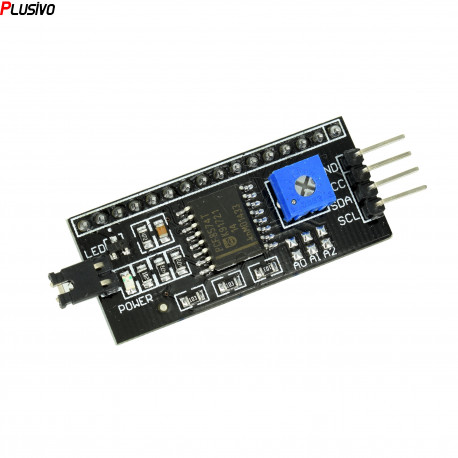No products
I2C Adapter for LCD 1602
0104110000001320
New product
The I2C LCD backpack is a small PCB that can be soldered onto the back of LCD allowing it to be controlled using an I2C bus. This is compatible with LCDs that use HD44780 display controller.
See Description for more details about the product.
Add to cart now!
215 Items
More info
Overview
The I2C LCD backpack is a small board that can be soldered onto the back of LCD for it to be controlled directly from a microcontroller using the I2C interface. This LCD backpack is compatible with several LCDs that use standard HD44780 compatible interfaces such as LCD1601, LCD1602, LCD1604 and many others.
Specifications
- PCB Color: Black
- Supply Voltage Range: 2.5 V to 6 V
- Dimensions: 41.5 x 19 x 15.3 mm
- I2C Interface Address: 0 x 20 – 0 x 27
The module is an adapter that is mounted directly on the LCD screen. The display should be 1602 or 2004 based on the HD44780 controller.
Communication I 2 C is an advantage because we only need two wires to communicate with the Arduino development pad or another microcontroller. The two wires are needed for clock and data.
The module contains a potentiometer to adjust the contrast and is also compatible with screens that have backlighting.
The address for the communication bus can be found in the datasheet.
Instructions for Use
1. Connect the I 2 C adapter to the LCD module.
You can use the adapter in several ways. An easy way to use is to use a breadboard to make connections between the adapter and LCD mode. If you experience fludor sticking, you can attach the adapter directly to the back of the LCD.
2. Connect the LCD to a development board.
In this tutorial, we'll show you how to use the LCD along with an Arduino development board. This LCD is compatible with any interface that supports the growth plate I 2 C.
The connection to the development board is as follows:

The SDA and SCL pins correspond to the A4 and A5 pins respectively. The mode is powered by a voltage of 5 V DC.
3. Charge the code.
All you need to do is upload a code Arduino development board to use LCD control interface I 2 C.
Required libraries are "Wire.h" and "LiquidCrystal_I2C.h". The first library is included in the Arduino IDE development platform, and the second one can be downloaded from the attached files below.
To add the library, you must open the development environment and select the Sketch> Include Library> Add .ZIP library tab . Now a window opens where you need to select the library "LiquidCrystal_I2C.ZIP".
The I 2 C address of the LCD is usually 0 x 27. If this address does not work, you can use the address 0 x 3F.
4. Adjust the contrast.
If you can not see the characters displayed on the screen, there is a blue potentiometer on the back of the mode to adjust the contrast.
Don't delay, buy today.
Add to cart now!
Reviews
Worked perfectly.
They worked perfectly. I added these onto a 4 line 20 character display.
Reduces wiring
Works perfectly, reduces the number of pins used on the mcu. Fits directly on to the back of the LCD display.
Five Stars
Good product. Arrived on time. Satisfied.
Awesome i2c interface for 16 pin LCDs
I love these things, have about 4 of them for my LCD screens. Makes using LCD screens much more simple. To use these you do need the knowledge of how to use LCD screens and I2c interfaces. Overall great product, saves me so much time.
Worked as expected. Easy to use.
The board makes a high-quality impression. The brightness of the backlight can be adjusted beautifully via the blue rotary potentiometer. In addition, they can be manually switched on and off by two contacts (bridged by the blue jumper in the factory state), which can also be easily implemented via the LiquidCrystal_I2C library. The adapter is very easy to solder onto the back of the screen. It can be also integrated into Arduino as usual via the usual I2C display libraries, so it is immediately addressed and does what it should. I am very happy!
Works great!
Added a header to the board now I use it on several LCD's on my bench. It's flawless.
Perfect I2C board for simple connection
Makes connections to LCD screens simple with only to wires.. The board is perfect for projects needing to clean up i/o.. Has on board potentiometer which is great
Easy Solution For Pin Reduction
My project required the use of nearly all the pins on my arduino so I could not use a simple shift register. I got this backpack so I could simply use the I2C bus with a standard LCD board. The backpack worked great. Make sure you download and install the LiquidCrystal_I2C library to use this.
Using with LCD 1602
This is an essential add-on for a basic LCD1602, primarily because it allows I2C and therefore greatly reduces the number of IO pins needed. Soldering is required. Initial contrast is at lowest setting, so adjust the potentiometer to make characters visible.
Customers who bought this product also bought:
-
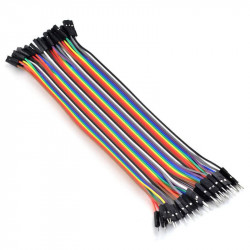
15 cm 40p...
Ideal wires for making connections between...
₱29.00
-
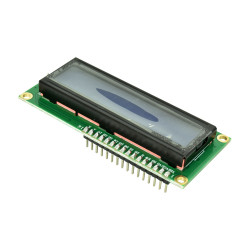
5V LCD with...
This 16 x 2 LCD with blue backlight was...
₱119.00
-
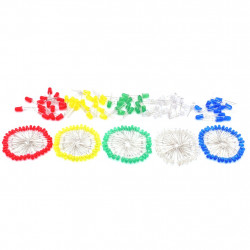
5mm Diffused...
5 mm LED Kit: High-quality and 5 mm assorted...
₱28.00
-
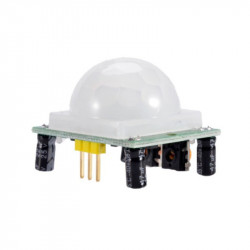
HC-SR501 PIR...
The HC-SR501 Pyroelectric Infrared Sensor is...
₱74.00
-
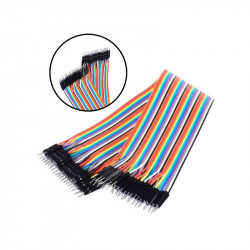
20 cm 40p...
Ideal wires for making connections between...
₱78.00
-
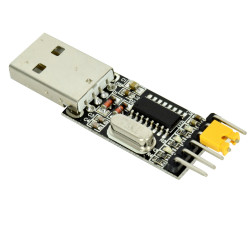
CH340G USB...
The CH340G USB to UART converter module is...
₱39.00
-
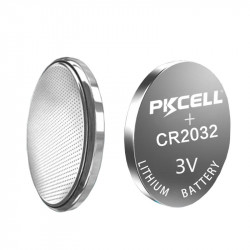
CR2032 battery
CR2032 3V Lithium Manganese Battery for...
₱10.00
-
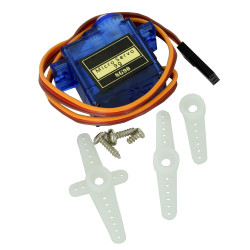
SG90 Micro...
This mini servo motor is designed for radio...
₱69.00
-
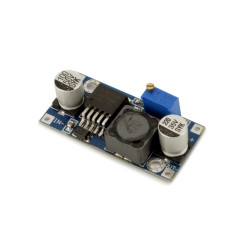
LM2596 Step...
LM2596 Step Down DC-DC Power Supply Module See...
₱99.00
-
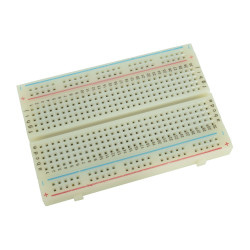
400p HQ...
This 400 pin board is constructed of...
₱48.00


